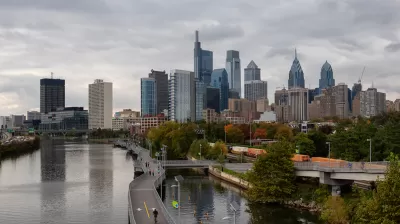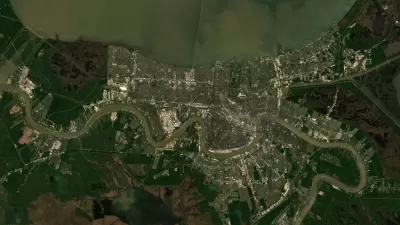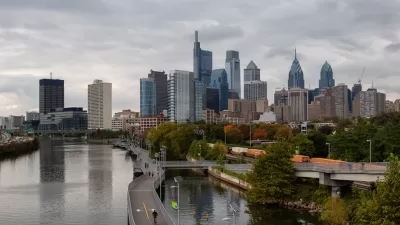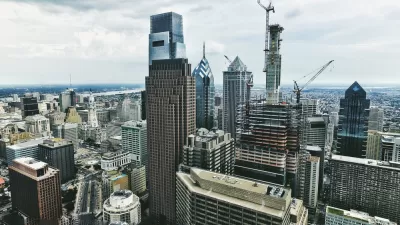According to the architecture critic for the Philadelphia Inquirer, smart phone technology enabled the most profound changes in Philadelphia during the 2010s.

"If the Aughts were a decade of recovery, when Philadelphia emerged from a half-century slide and began growing its population again, this has been the decade of disruption. Blame it on Apple’s juice," writes Inga Saffron.
Following the invention of the iPhone in 2007 and the Android in 2009, the ubiquity of the technology in the 2010s meant Philadelphia spent the decade encountering and reacting to the consequences of the technology, "including gentrification, traffic congestion, a demolition free-for-all, and upheavals in its retail districts."
Philadelphia shares these experiences with other cities, and Saffron notes the changes are consequences of success. But: "The tech-induced trends from the last 10 years have challenged that physical form by radically reconfiguring the way we move through, and interact with, the city."
Among the categories of change enabled by smart phone tech and its related tech industry boom, Saffron lists the increased demand for housing resulting from tech jobs, gentrification, congestion, parking impacts, the architecture of technology (Philadelphia's most obvious example is the skyline-changing Comcast Technology Center), and more.
FULL STORY: How the smartphone explains Philly’s most profound urban design changes this decade

Maui's Vacation Rental Debate Turns Ugly
Verbal attacks, misinformation campaigns and fistfights plague a high-stakes debate to convert thousands of vacation rentals into long-term housing.

Planetizen Federal Action Tracker
A weekly monitor of how Trump’s orders and actions are impacting planners and planning in America.

In Urban Planning, AI Prompting Could be the New Design Thinking
Creativity has long been key to great urban design. What if we see AI as our new creative partner?

King County Supportive Housing Program Offers Hope for Unhoused Residents
The county is taking a ‘Housing First’ approach that prioritizes getting people into housing, then offering wraparound supportive services.

Researchers Use AI to Get Clearer Picture of US Housing
Analysts are using artificial intelligence to supercharge their research by allowing them to comb through data faster. Though these AI tools can be error prone, they save time and housing researchers are optimistic about the future.

Making Shared Micromobility More Inclusive
Cities and shared mobility system operators can do more to include people with disabilities in planning and operations, per a new report.
Urban Design for Planners 1: Software Tools
This six-course series explores essential urban design concepts using open source software and equips planners with the tools they need to participate fully in the urban design process.
Planning for Universal Design
Learn the tools for implementing Universal Design in planning regulations.
planning NEXT
Appalachian Highlands Housing Partners
Mpact (founded as Rail~Volution)
City of Camden Redevelopment Agency
City of Astoria
City of Portland
City of Laramie





























